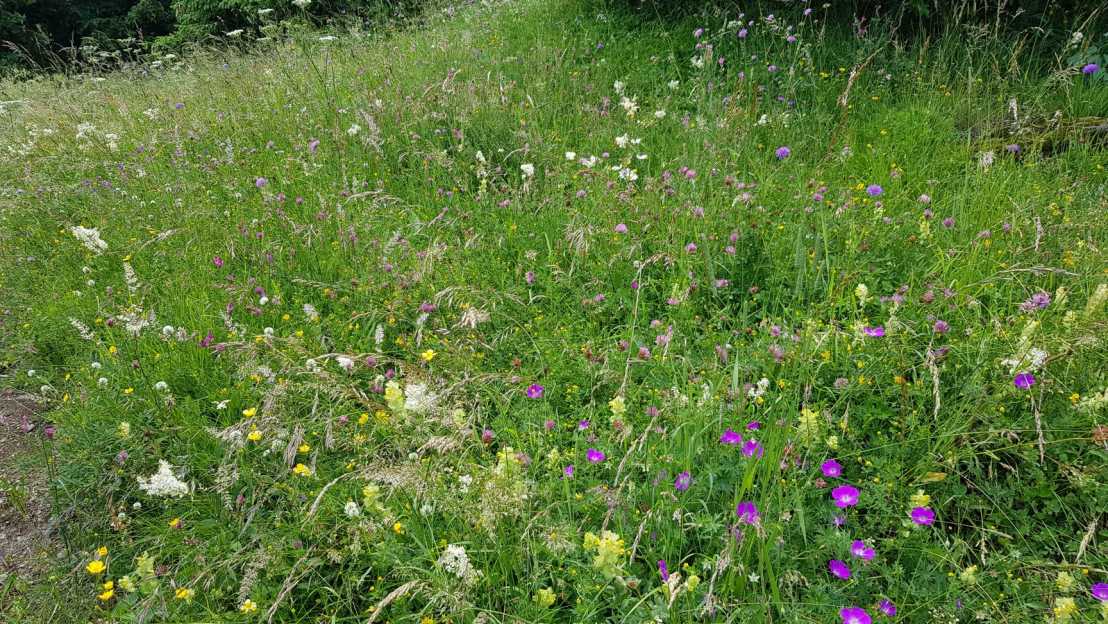Accelerating genetic diversity monitoring in grassland plants
A new approach to assess genetic diversity in grassland plants can make large-scale, multispecies monitoring a reality.

Grasslands are very widespread ecosystems, ranging from cold steppes to tropical savannas. In the temperate regions of the world, they are important sources of roughage for cows, goats, and sheep. In Switzerland, grasslands cover more than 70% of the total agricultural area which highlights their fundamental role in the meat and dairy industries. A high genetic diversity of plant species is related to resistance against invasive plants and to the stabilization of grassland biomass yields under weather stress conditions (e.g., drought or frost). Genetically diverse grasslands also constitute valuable genetic resources for forage breeding. However, most of what we know about the benefits of grassland plant genetic diversity comes from studies that focus on a few species and on the perspective of a single point in time.
The genetic diversity of a species (i.e., within-species diversity) is a facet of biodiversity that stems from the differences in the DNA sequence. So far, genetic diversity has proven to be very costly for monitoring on a regular basis for more than one species at a time. The reason for this is that traditional methods for genetic diversity monitoring do not scale well and often need to be adapted for each species. New methods are needed to monitor large-scale, multispecies patterns and dynamics of plant genetic diversity, especially in the grass and legume plant families, which are the most economically relevant in grasslands.
A new targeted sequencing approach developed by the Molecular Plant Breeding group at ETH Zurich can improve this scenario. The method is based on amplicon sequencing, a very robust and cost-effective DNA sequencing approach that produces genetic diversity information from samples of individual or even pooled plants. The key improvement of our approach is the use of multispecies primers. Multispecies primers are PCR reagents that extend the applicability of the method to many grassland plant species. We developed a set of twelve multispecies primer pairs for grass and legume species, which target genetically diverse portions of the genome, based on DNA sequence information at 611 candidate loci in 16 forage plant species. Detailed description of the methodology, the DNA sequence resources and the primer pairs, as well as the scripts used for data analysis are available open access through the journal Molecular Ecology Resources.
We are currently testing this new methodology for large-scale genetic diversity monitoring, looking to unravel spatiotemporal changes. We are also trying to characterize cultivars and ecotypes of forage plant species based on the allele frequencies of the SNPs derived from the multispecies amplicons. Furthermore, looking to reduce analysis costs, we are exploring ways to make PCRs more efficient and to handle samples composed by species mixtures. We look forward to a future in which multispecies genetic diversity assessments are a part of every biodiversity monitoring initiative.
Citation:
Loera-Sánchez M, Studer B and Kölliker R (2021) A multispecies amplicon sequencing approach for genetic diversity assessments in grassland plant species. Molecular Ecology Resources, in press.
external page https://doi.org/10.1111/1755-0998.13577